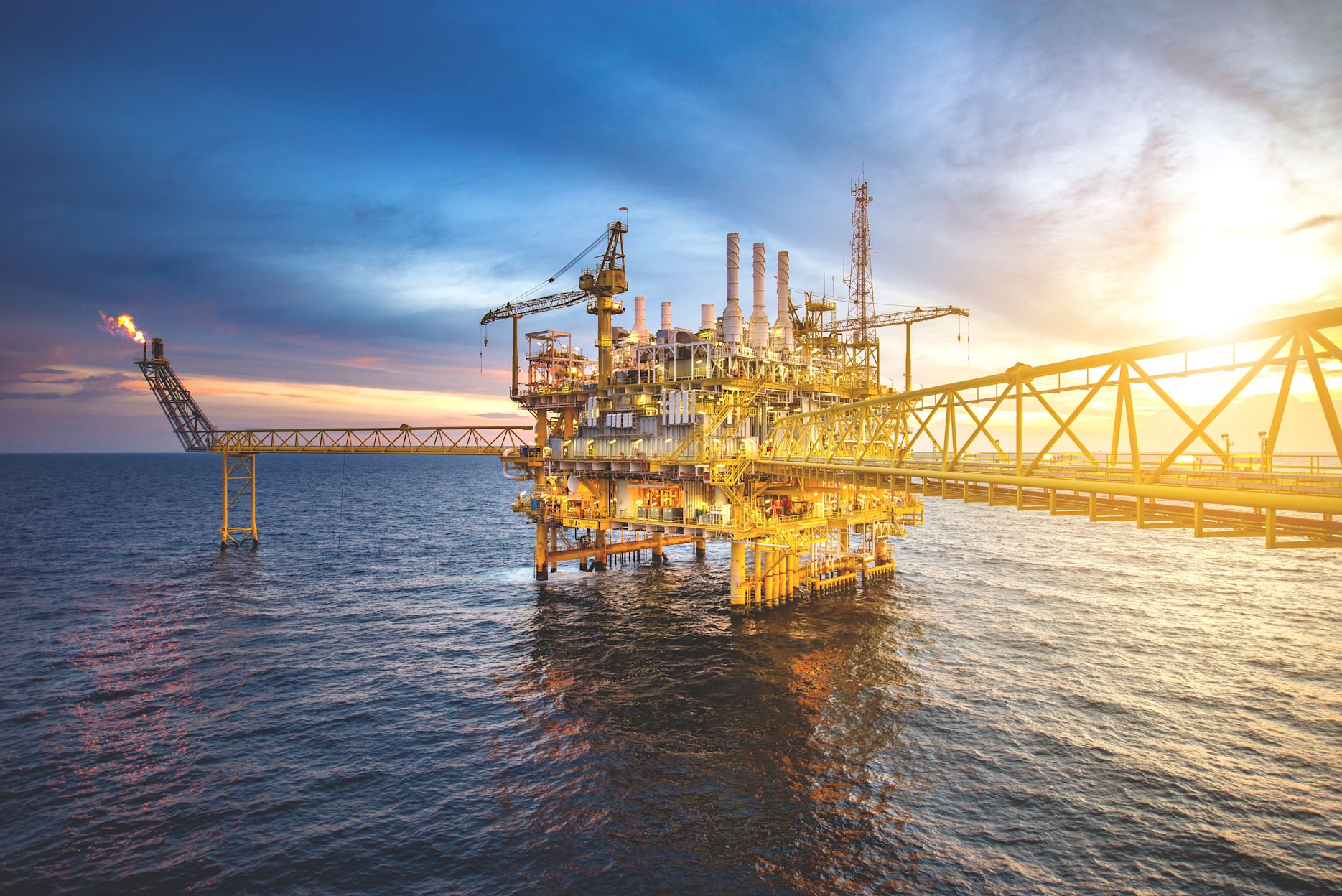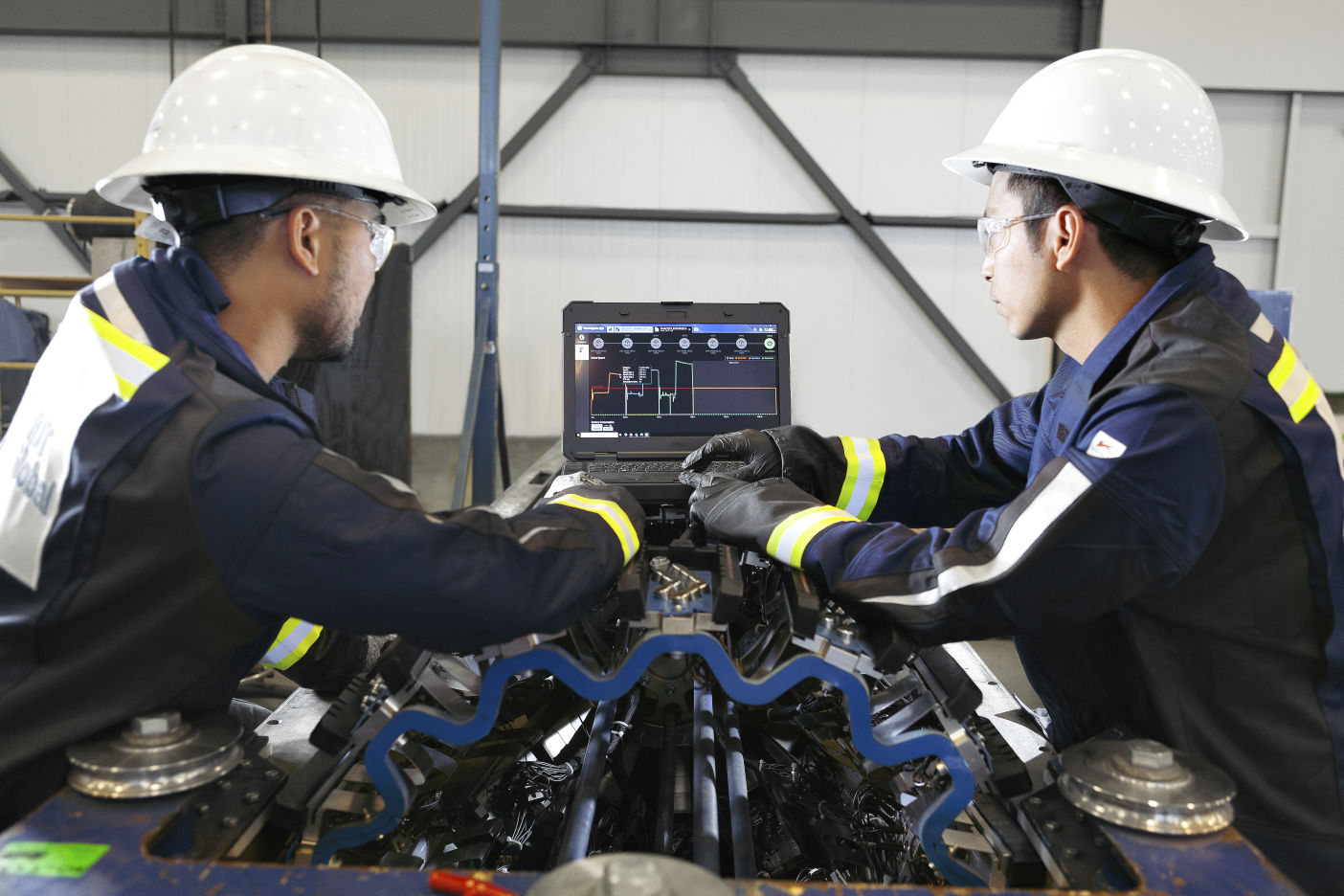Equinor required a baseline survey of its new Polarled gas pipeline as part of the commissioning process. When working with gas pipelines, inline inspections (ILI) identifying corrosion are typically completed with magnetic flux leakage (MFL) technology due to the absence of a liquid coupling medium. However, MFL depth sizing accuracy is reduced in direct proportion to the pipe wall thickness. This pipeline has a varying wall thickness range of 28.9 mm to 37.5 mm (1.1" to 1.5") which meant that ultrasonic technology (UT) offered a solution which was up to 80% more accurate for depth sizing. UT inspection was feasible as prior to operation, the pipeline was filled with treated seawater. Polarled is the first pipeline on the Norwegian continental shelf that crosses the Arctic Circle which brings both operational and environmental challenges.
The Polarled pipeline is 482 km (299 miles) long and 36" in diameter running from Nyhamna in western Norway to the Aasta Hansteen field in the Norwegian Sea. The key operational challenge was that the ILI tool could not be pumped in one go. A series of cleaning pigs were first launched into the line, 25 km (15.9 miles) ahead of the tool but they could not be recovered by the subsea receiver at the same time as the intelligent pig. Due to variability in weather conditions Equinor needed the tool to remain powered while waiting for extended time periods.
To meet this requirement, a modified ILI tool with 470 hour battery life was required, well in excess of the actual expected run time of 270 hours. The main environmental challenge related to the ruggedness of the tool. The field water depth is 1,260 m (4,133 ft 10") at Aasta Hansteen. This depth combined with the pressure in the line gives an expected operating pressure of 170 bar (2,465 psi). Normally, intelligent ILI tools are certified to 120 bar (1,740 psi) so this required a robust redesign, additional testing and assurance to meet these enhanced limitations.




